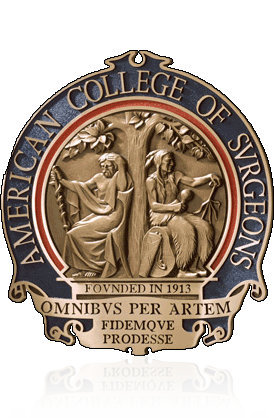Deep Plane Facelift
Beverly Hills • Palm Springs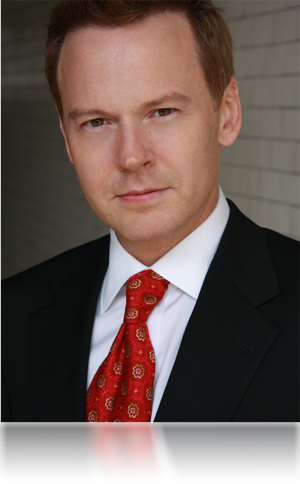
DR Andrew j. HAYDUKE
The original “deep plane facelift” (rhytidectomy) was described by Dr. Sam Hamra in July of 1990. This technique is well over 30 years old and is a well-established surgical approach to facial rejuvenation. For those who wish to review Dr. Sam Hamra’s article that described the original deep plane facelift, the journal article citation is “Hamra ST. The deep-plane rhytidectomy. Plast Reconstr Surg. 1990 Jul;86(1):53-61”. Dr. Hamra published this article in a major peer-reviewed academic plastic surgery journal called Plastic and Reconstructive Surgery – considered the most respected peer-reviewed plastic surgery journal.
The original deep plane facelift traditionally utilized a plane of dissection below the superficial muscular aponeurotic system (SMAS) of the midface (middle face/cheek area), allowing for release of facial retaining ligaments and movement of the more superficial soft tissue in that location. The deep plane facelift technique also claimed to create a lower tension skin closure compared with other facelift techniques of that time since less tension was placed on the skin itself when the skin was closed with sutures. Less tension on the skin closure may improve final facelift scar quality.
VARIATIONS OF THE DEEP PLANE FACELIFT
Over the years, many variations of Dr. Hamra’s original deep plane facelift have emerged. After all, this technique was first described in 1990 and several decades of refinement have occurred in the deep plane facelift. Dr. Hayduke believes that the deep plane facelift and its many modern variations are indeed one of several excellent techniques for effective facial and neck rejuvenation. Patients should indeed consider the deep plane facelift or one of the modern variations of the deep plane facelift as an option for facial and neck rejuvenation.
Dr. Hayduke believes that the neck itself seems to be the area that bothers patients over age 50 the most. Dr. Hayduke has come to this conclusion after carefully listening to his patients’ initial facial aging concerns, ever since the start of his plastic surgery practice in 2002. Dr. Hayduke has several decades of experience addressing facial and neck aging issues with facelift surgery.
In many cases, Dr. Hayduke believes that it is especially useful to incorporate deep plane facelift elements in the neck region during facelifting to achieve a more desirable result in patients with sagging necks. Dr. Hayduke believes that dissecting in a deep plane in the neck underneath the platysma muscle provides an extra element of deep neck rejuvenation that may be beneficial for many aging patients. As far as the midface (cheek area/middle face), dissection in the deep plane underneath the level of the SMAS is also quite beneficial in many patients with significant midface (cheek) sagging. Dr. Hayduke will discuss the “deep plane” facelift and necklift and its modern variations during your facelift consultation to see if dissection in the deep plane suits your particular face and neck anatomy.
After your in-person comprehensive facial and neck aging consultation, Dr. Hayduke will customize his surgical recommendations for you individually – which factors in your age, esthetic goals, facial bone structure, skin thickness, gender, weight, and most importantly the extent of midface (cheek) and neck sagging that exists in your particular case. No two patients are exactly alike. It is certainly possible that lifting in the deep plane with a deep plane facelift may indeed be the best option for your particular midface and neck aging situation.
Once we reach our late 40’s, aging changes in our face and neck start to become apparent, albeit it at different rates among individuals. These changes may include:
- Sagging of your neck and jawline
- Sagging in the middle third of your face (cheekbone area sag)
- Deflated facial appearance from tissues falling downward
- Loss and decent for facial fat including cheek fat
- Loss of skin tone in the lower face
- Appearance of two walnut sized jowls at your jawline
- Loose skin accumulation and excess fat deposits under your chin and jaw, giving even a person of normal weight the appearance of a double chin
- Bands of muscles in the neck may become apparent and give the appearance of hanging neck cords that are outright impossible to hide
FACELIFT CANDIDATES
In general, good candidates for a facelift include:
- Healthy individuals who do not have medical conditions that impair healing
- Non-smokers
- Individuals with a positive outlook and realistic expectations
- Individuals without any uncontrolled psychological/psychiatric conditions
- Individuals with facial and neck aging changes unresponsive to non-surgical approaches
CHOOSING A SURGEON YOU CAN TRUST
Facelift surgery involves many choices. Finding a skilled and credentialed facelift surgeon is exceptionally difficult. Since insurance does not cover facelift surgery, many types of surgeons from different specialties (dermatology, ear nose throat, otolaryngology, general surgery, oral and maxillofacial surgery) will try to capture you as a facelift patient.
Please take the time to visit this link to an interesting online article from The New York Times entitled “Ear Doctors Performing Face-Lifts? It Happens” by Kate Murphy.
We feel that the first and most important recommendation is selecting a true formally trained plastic surgeon who is board certified by the American Board of Plastic Surgery (ABPS) and a member in good standing of the American Society of Plastic Surgeons (ASPS).
ASPS member surgeons must meet rigorous standards which include:
- Board certification by the American Board of Plastic Surgery® (ABPS) or in Canada by The Royal College of Physicians and Surgeons of Canada®
- Complete at least five years of accredited
surgical training following medical school with a minimum of two or three years of
accredited plastic surgery residency training - Pass comprehensive oral and written exams by the ABPS in the United States
- Graduate from an accredited medical school
- Complete continuing medical education, including patient safety, each year
- Perform all major surgeries in accredited, state-licensed, or Medicare-certified surgical facilities
Once you independently confirm that your surgeon meets the above criteria, then at least you know you are considering a formally trained plastic surgeon as your facelift surgeon. That is a great and prudent first step. This does not guarantee, however, that your plastic surgeon actually posses the sense of artistry and past surgical work that agrees with your own esthetic goals.
DON’T BE CONFUSED BY OTHER OFFICIAL SOUNDING BOARDS, SOCIETIES, AND CERTIFICATIONS
The The American Board of Plastic Surgery (ABPS) is recognized by the American Board of Medical Specialties (ABMS), which has approved medical specialty boards since 1934. There is no ABMS recognized certifying board with “cosmetic surgery” in its name.
By choosing a member of the American Society of Plastic Surgeons, you can be assured that you are choosing a qualified, highly trained plastic surgeon who is board-certified by the ABPS or The Royal College of Physicians and Surgeons of Canada.
Although it is hard to believe, in the State of California, your surgeon does not need to be board certified by the ABPS in order to perform facelift surgery. Board certification is not required. Any licensed medical doctor (M.D) or D.O. (Doctor of Osteopathy) from any specialty can legally perform this procedure as long as a patient signs the consent form for the procedure. It is left up to the patient to actually double check if their surgeon is actually board certified by the ABPS by visiting www.abplsurg.org and clicking/tapping on the “is your surgeon certified” tab. It is very easy to be confused by other official sounding boards and certifications posted on ads and websites. To find if your potential surgeon holds any board certification in any specialty, you can also visit www.certificationmatters.org and find out which SPECIFIC board certification (if any) your potential surgeon actually holds. We highly suggest you choose a surgeon board certified by The American Board of Plastic Surgery if you are thinking of having PLASTIC SURGERY – it only makes sense.
Once you are assured that your potential surgeons meets this very important standard, then you can determine if they are truly the right facelift surgeon based on your personal consultation with the doctor and a review of the doctor’s past facelift work.
WHERE WILL YOUR SURGERY TAKE PLACE?
It is equally important to evaluate exactly where will your surgery take place (facility location) and who will be administering the anesthesia for your facelift. Insist upon an anesthesiologist (doctor) who is certified or eligible by The American Board of Anesthesiology. Even if the procedure is not done under general anesthesia, make sure the facility itself has the ability (and accreditation) to convert to general anesthesia if airway problems arise during the case. Many accredited office surgical suites only offer “intravenous sedation” because they do not actually have the expensive general anesthesia machines and equipment available at the facility. They are not actually accredited for general anesthesia, but rather only posses accreditation for “intravenous sedation”.
BEFORE AND AFTER PHOTOS
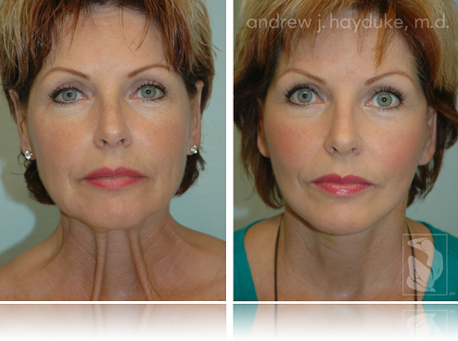

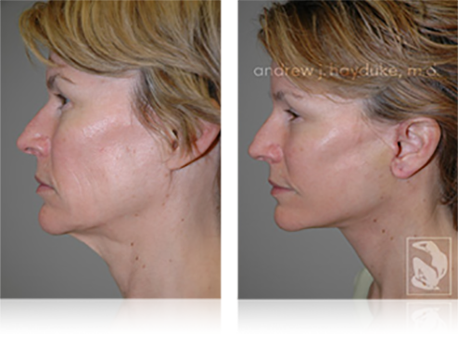
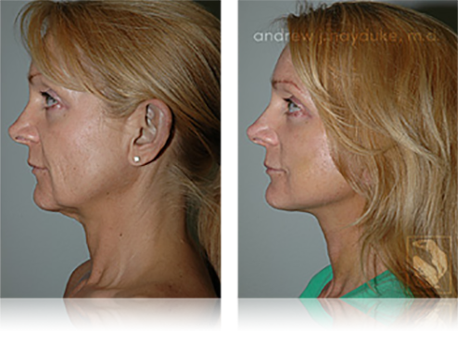
Visit Dr Hayduke’s photo Gallery page to see more before and after photos.
FACIAL AGING – VIDEO
Board Certification/Memberships
CONTACT
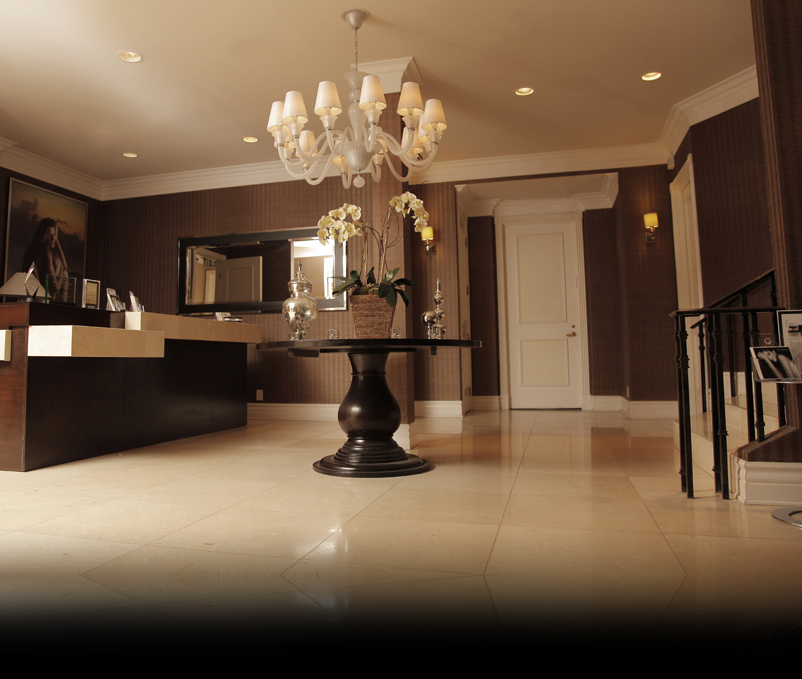
444 N Camden Dr
Epione Building
Beverly Hills, CA 90210
310 - 288 - 1711
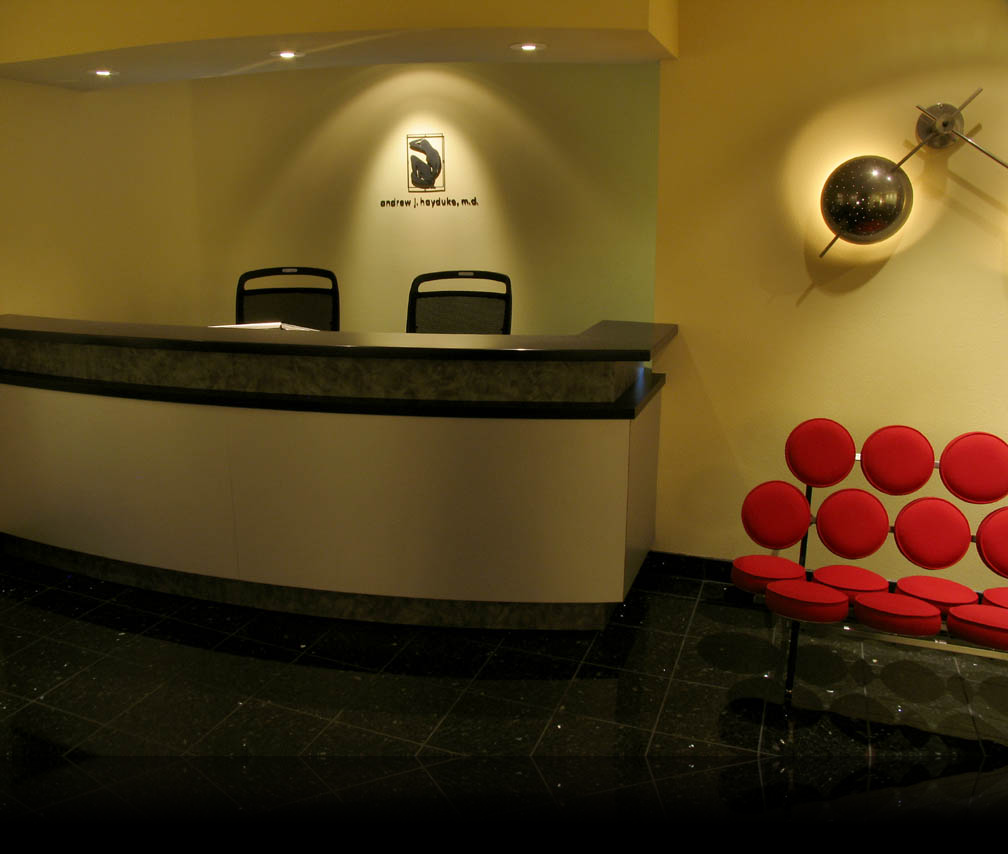
39000 Bob Hope Dr
Eisen Med Ctr Kiewit 206
Rancho Mirage, CA 92270
760 - 341 - 6996

